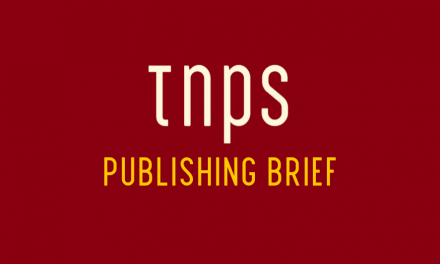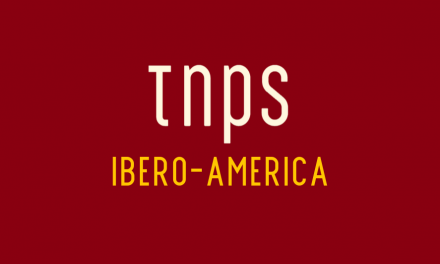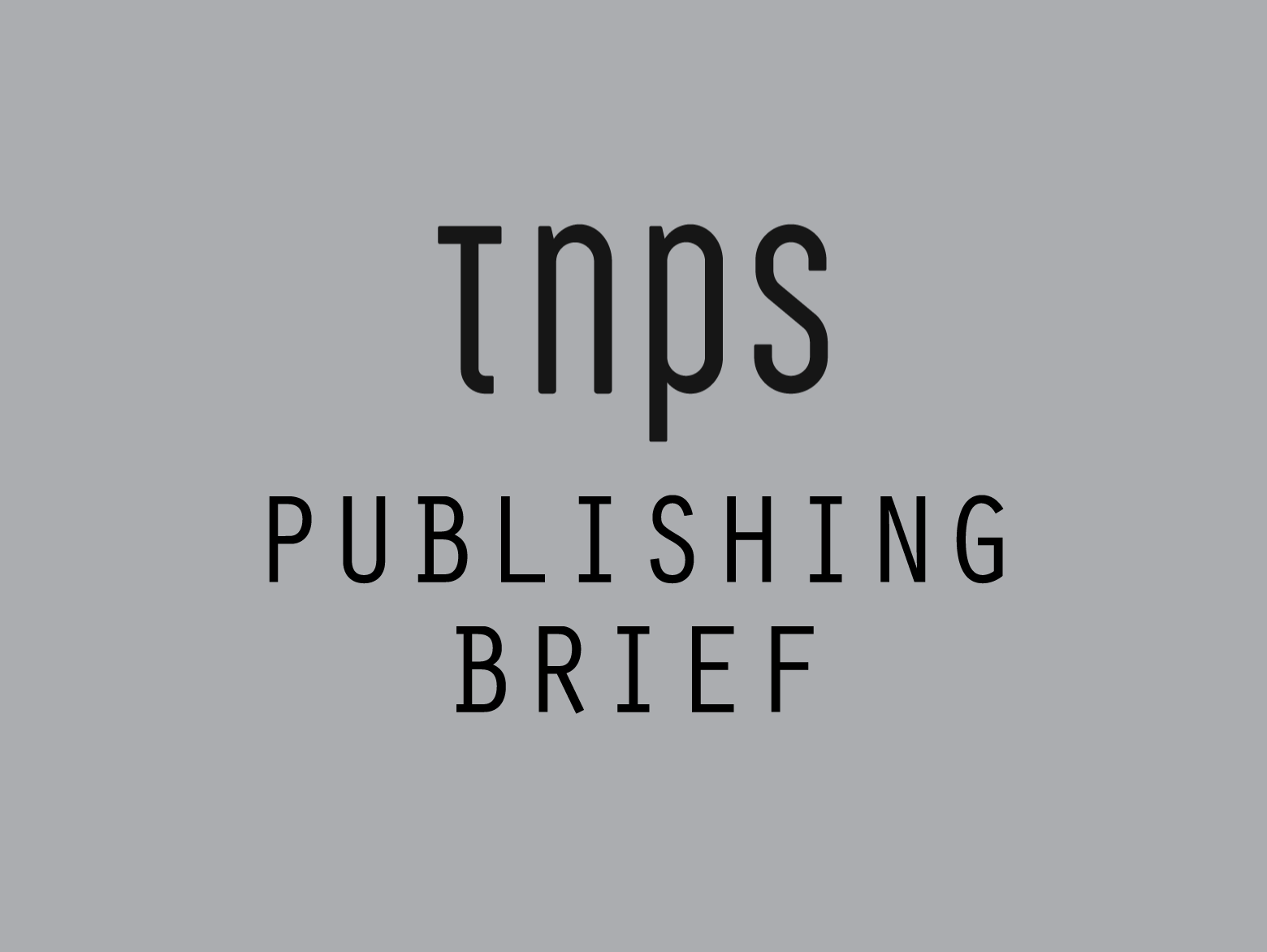Touting the fact that the US audiobook market had seen double-digit growth for the eighth successive year, the Audio Publishers Association, referencing a survey of 24 reporting companies, paints a rosy picture of the US audiobook scene without questioning whether it might be even more dynamic were publishers to be more open to opportunities.
Chris Lynch, co-chair of the APA’s research committee and president & publisher of Simon & Schuster Audio, summed up the understandable excitement among mainstream publishers:
Eight straight years of double-digit revenue growth is simply phenomenal. Even more encouraging are the continued upward trends in consumer listening behavior—both in how many titles they listen to per year and in their finding more time in their day to listen.
The latter point declines to note the pandemic-induced lockdown which might be responsible for all this extra time consumers are finding to listen to audiobooks, and stands at odds with another common theme being touted by publishers: that audiobook consumption was down because fewer people were commuting to work.
Of such contradictory and confusing sentiments are publishing urban myths built.
Not that the rise and rise of audio is an urban myth, although we should remember that back in the day ebooks were regularly seeing triple-digit growth, until mainstream publishers reigned in their ebook engagement and deliberately raised prices to stifle demand, leaving an open goal for self-publishers to seize a hefty chunk of the market.
With audiobooks the self-published element, while growing, is still a small part of the scene, and as audiobooks generally are not seen to cannibalise print sales in the way ebooks supposedly do, audiobooks for now are the publishing world’s darling format.
Audible, Hachette Audio, HarperCollins, Macmillan, Penguin Random House, and Simon & Schuster were among the survey contributors, collectively reporting 60,303 new audio titles produced in 2019, up 18% on 2018. There was no breakdown of how Audible’s output compared to the Big 5’s in this figure.
A separate survey found US audiobook consumption by title up from 6.8 in 2019 to 8.1 in early 2020, with mystery and thriller leading the way, in stark contrast to “reading” books where romance heads the genre choice in the US.
Quality of narration (professional voice-artist vs author read-aloud) was deemed important to consumers.
More than 50% of audiobook fans said they were listening to more, making extra time.
Most significantly 43% of consumers queried said they preferred shorter length audio (1-3 hours). What isn’t clear from that response is whether that is related to the time needed to listen to a book or simply the fact that shorter length audiobooks tend to be considerable cheaper if buying as a unit.
What the report studiously avoided deliberating on was the issue of retail and subscription.
We’ve seen time and again how, where unlimited subscription is an option, consumers flood to the format.
But in the US only Scribd is a significant player in the unlimited consumption arena, and many publishers do not place all or even any of their catalogue with Scribd.
While Audible is of course the market leader, the Audible subscription model is for one title per month for a fixed price, and that simultaneously encourages and depresses engagement.
Put simply, if a consumer is paying $14.95 per month to get a choice of any one audiobook they are going to look at titles retailing at at least that value, ideally more, to increase the perceived value for money. That pushes sale towards the more expensive, longer-duration audiobooks, yet this latest survey suggest consumers prefer shorter titles.
Having spent that monthly sum for one audiobook, how many more audiobooks are they likely to buy? Especially in the pandemic and post-pandemic recession?
And all-importantly, how many authors and titles will they risk experimenting with?
The one-unity subscription model favours consumers sticking with safe choices. and depresses discoverability.
With the unlimited subscription model the consumer can try as many titles as they have time for, seek out new genres, new authors and narrators and new titles, knowing there is no risk.
For publishers the question is, how far are they willing to go down this route?
Many, it seems, are not willing. At least not at this time. But as the success of the unlimited model shows where it is given free reign, not only is this the consumers preferred model but publishers and authors can, by sheer volume of engagement, do well too.
As so often with publishing, it is a matter of “this is how things have always been and this is how they will stay.”
The rapid proliferation of audiobooks subscription services around the world suggest global demand that will quickly dwarf the US market so long as single-unit subscription remains the predominant model in North America.





